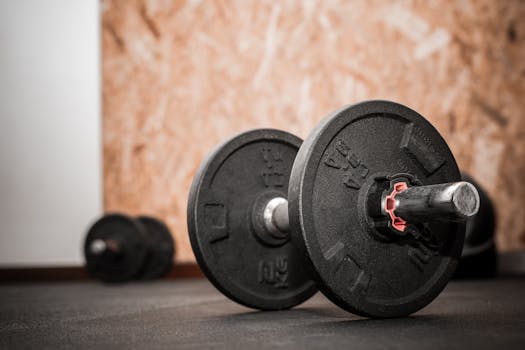
Introduction to HIIT

High-Intensity Interval Training (HIIT) is a highly effective workout strategy that alternates between short bursts of intense activity and longer periods of rest or lower-intensity exercise. This method is widely recognized for its effectiveness in promoting fat loss while improving cardiovascular health.
Benefits of HIIT for Fat Loss

HIIT workouts are not only time-efficient but also burn a significant number of calories in a short period. Research indicates that HIIT can boost metabolism and continue burning calories even after the workout has ended, a phenomenon known as the afterburn effect. This makes it a superior choice for those looking to lose weight.
Getting Started with HIIT

For beginners, starting with HIIT can be daunting. However, it’s important to start at your own pace. Begin with shorter intervals of high-intensity exercise followed by longer rest periods. As your fitness improves, you can gradually increase the intensity and decrease the rest intervals.
HIIT Workout Examples

Here are a few examples of HIIT workouts you can try:
- Bodyweight HIIT: 30 seconds of burpees followed by 30 seconds of rest, repeat for 15 minutes.
- Cardio HIIT: 1 minute of sprinting followed by 2 minutes of walking, repeat for 20 minutes.
- Strength HIIT: 40 seconds of kettlebell swings followed by 20 seconds of rest, repeat for 20 minutes.
Tips for Maximizing Fat Loss with HIIT

To maximize fat loss with HIIT, combine it with a balanced diet rich in whole foods. Stay hydrated and ensure you get adequate rest and recovery to allow your muscles to repair and grow stronger. Consistency is key; aim to incorporate HIIT into your fitness routine at least 2-3 times a week.





